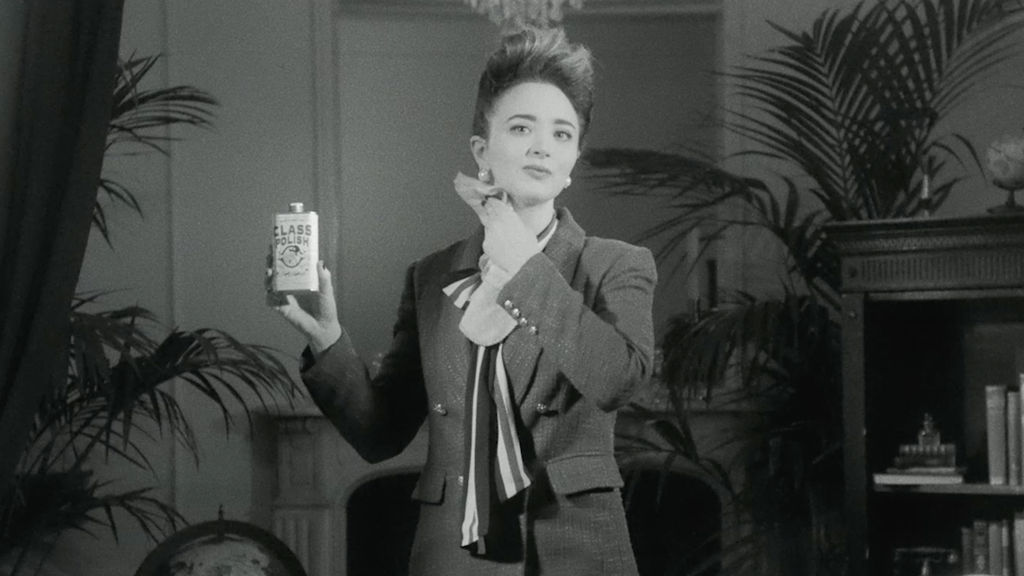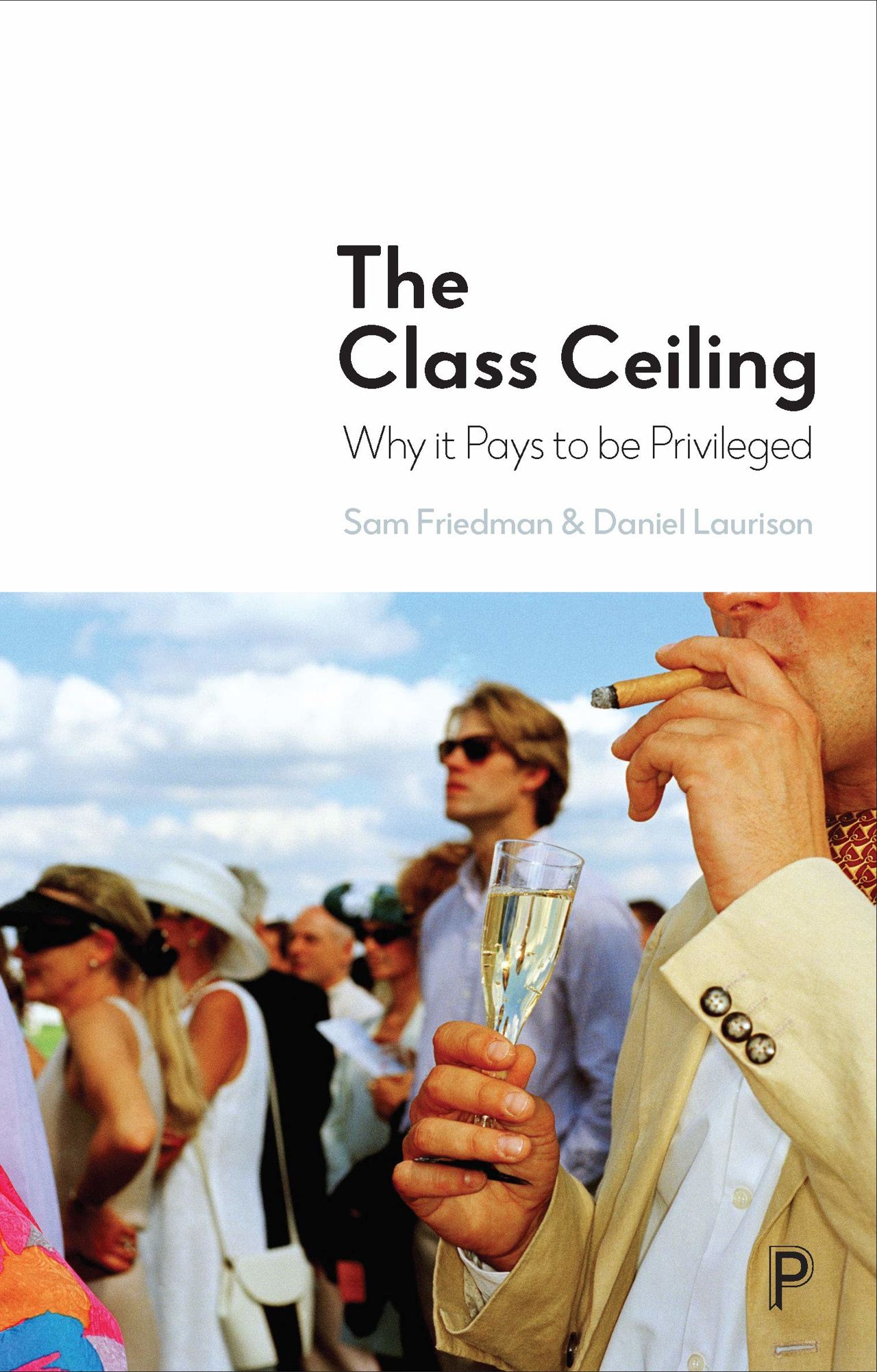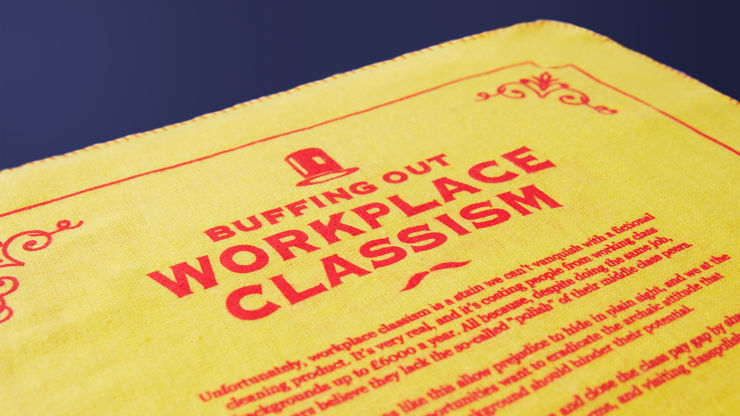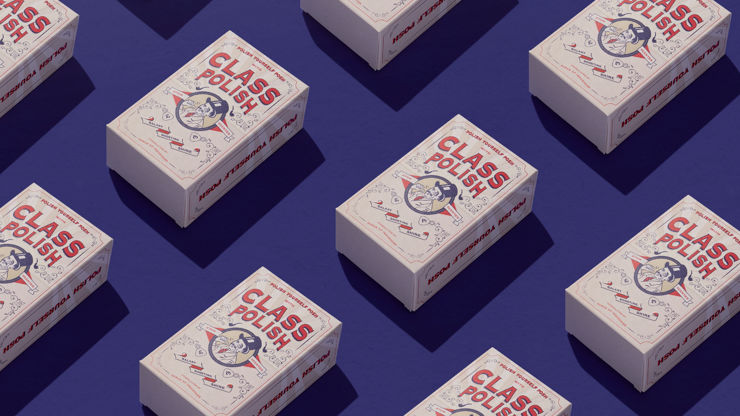2021: The year social mobility joined the diversity conversation
While diversity has been a hot topic in 2021 Kelly Taylor, New Business & Marketing Director at Creature London, believes that more needs to be done around the industry's social make up. And with 33% of people in leadership positions being privately educated, she has a point.
2021 was unprecedented (sorry!) for its focus on talent. We've debated post-pandemic ways of working, returning to the office, employee wellbeing and, more recently, the great talent fight.
But, sadly, one moment stood out to me for all the wrong reasons.
Nationally, 1 in 14 people are privately educated, yet in advertising, it’s 1 in 5, and at a leadership level, it’s 1 in 3.
In April, the IPA launched its Future of Fairness report. A decade in the making, it delved into the industry’s progress in diversity and inclusion. It is an extensive piece of work, and one I highly recommend you read; but one statistic surprised me more than any other. It wasn’t that more advantaged groups hold 92% of jobs in the creative industries, or that the average gender pay gap in our industry is 24.4%. It was that nationally, 1 in 14 people are privately educated, yet in advertising, it’s 1 in 5, and at a leadership level, it’s 1 in 3.

Above: A third of advertising industry leaders in within UK advertising are privately educated, compared with just 7% of the UK population as a whole.
When just 7% of the UK population is privately educated, it is astounding that a third of industry leaders come from this small, elite circle. Could this be why, according to Reach Solutions, our industry is ‘dangerously out of touch' with everyday people? And is it why advertising is the least trusted profession, even less than if you work in politics?
Is there a disconnect between the people leading our industry and the people it is trying to engage and influence?
Is there simply a disconnect between the people leading our industry and the very people it is trying to engage and influence?
We talk a lot about diversity in this industry. In fact, in a quick search of the top five UK marketing publications, there are over 16,000 articles on the subject, and while we are nowhere near where we need to be in our quest for gender, race and sexuality parity, we are starting to see some improvements. Yet, it appears social mobility seems to have slipped through this particular net.
Credits
powered by
- Agency Creature of London/London
- Production Company Mad Cow Films London
- Director Hannah Berry George
-
-
Unlock full credits and more with a Source + shots membership.
Credits
powered by
- Agency Creature of London/London
- Production Company Mad Cow Films London
- Director Hannah Berry George
- Chief Creative Officer Ben Middleton
- Chief Creative Officer Stu Outhwaite-Noel
- Associate Creative Director John Osborne
- Creative John Osborne

Credits
powered by
- Agency Creature of London/London
- Production Company Mad Cow Films London
- Director Hannah Berry George
- Chief Creative Officer Ben Middleton
- Chief Creative Officer Stu Outhwaite-Noel
- Associate Creative Director John Osborne
- Creative John Osborne
Above: A campaign from Creature London for the Department for Opportunities calls on employers and the UK government to measure, report and close the class pay gap.
In her brilliant essay Killing the elephant in the diversity room – social class, Wavemaker’s Lisa Thompson explores why this might be. Drawing inspiration from the book, Collective Genius: The Art and Practice of Leading Innovation, she highlights an important distinction: diversity is defined as having people who think differently. But, so far, advertising's battle for diversity has been mainly focused on people who look different, on people’s 'visible personal identities' and, within that, primarily on gender and ethnicity.
By not including class in our desire to be more diverse we are, in fact, limiting ourselves to a narrow pool of talent.
It goes without saying that the work being done to better represent women and people of different ethnicities, both on and off the screen, is only of benefit to our industry and wider culture, but it may not be providing the variety of lived experiences that we hope for.
For example, Sam Friedman and Daniel Laurison's book, The Class Ceiling: Why it Pays to be Privileged, highlights that 63% of women and 75% of BAME people in the industry went to University, and 69% of those that work in the industry who are BAME were privately educated. By not including class in our desire to be more diverse we are, in fact, limiting ourselves to a narrow pool of talent and omitting the experiences of a massive section of society.

Above: Sam Friedman and Daniel Laurison's book, The Class Ceiling: Why it Pays to be Privileged.
It is perhaps not surprising that class has not been a priority. For one, class is not an easily definable characteristic. Not only is it not a visible identity, but any cues that may be - rightly or wrongly - associated with lower social class can be altered. Code-switching, whereby a person adjusts their style of speech, appearance or behaviour to suit the environment they're in, is commonplace and often encouraged at a junior level to come across as more 'polished' and hireable.
Code-switchin is commonplace and often encouraged at a junior level to come across as more 'polished' and hireable.
Defining what it means to be working class is another tricky area. Is it rooted in your childhood experiences, or in adult? Class can also arguably be transitory. Someone may have been born into a working-class family, but as an adult find their lives more closely aligned to their middle-class peers, at least on paper. Add in the fact that in a 2021 study LSE found there is now a complicated desire to be working-class, with people often downplaying their privileged upbringing in favour of those of poorer relations such as grandparents or even great grandparents.
Thankfully, this year it feels like social mobility has finally made it onto the diversity agenda. At Creature, social mobility is a big part of our ambition to leave the industry better than we found it. It is why we have been working with the Living Wage Foundation since 2018, and why this year we launched In The Wild, a creative placement aimed at providing people from lower socio-economic backgrounds with an alternative to the traditional ad school route, the costs of which can be hugely prohibitive. The Social Mobility Foundation launched a campaign to convince companies and organisations to start measuring their own class pay gap and Common People, an industry forum for working-class people in adland, was established.
Above: More elements from Creature's Class Polish campaign.
And why is this exciting? Well, we already know that diverse businesses are more successful – and that can only be a good thing for our clients too. But there are a few other potential outcomes that I would love 2022 to embrace.
Firstly, it is an opportunity to create smart and insightful work that real people can’t help but care about. Work that no longer relies on outdated stereotypes and caricatures, no longer pigeonholes regional accents and stops lazily inferring that class and intelligence go hand-in-hand.
The boom in hybrid working isn’t just an opportunity for better work-life balance, but an opportunity to welcome a whole new group of people to join us.
Secondly, that London - arguably the ad industry’s stronghold - will no longer be essentially off-limits to ambitious people from poorer backgrounds outside the capital. The boom in hybrid working isn’t just an opportunity for better work-life balance, but an opportunity to welcome a whole new group of people to join us.
And, if we are successful at this, you never know, maybe a whole new section of young talent will want a career in advertising? And maybe the public will trust us more, even if it is just enough that we can leapfrog above those pesky politicians.
)




 + membership
+ membership












